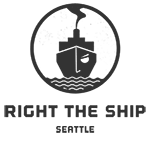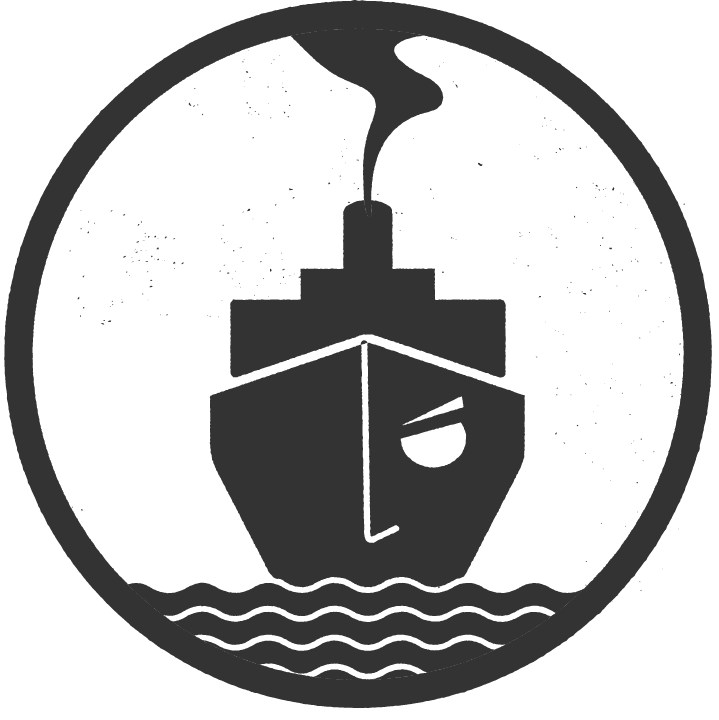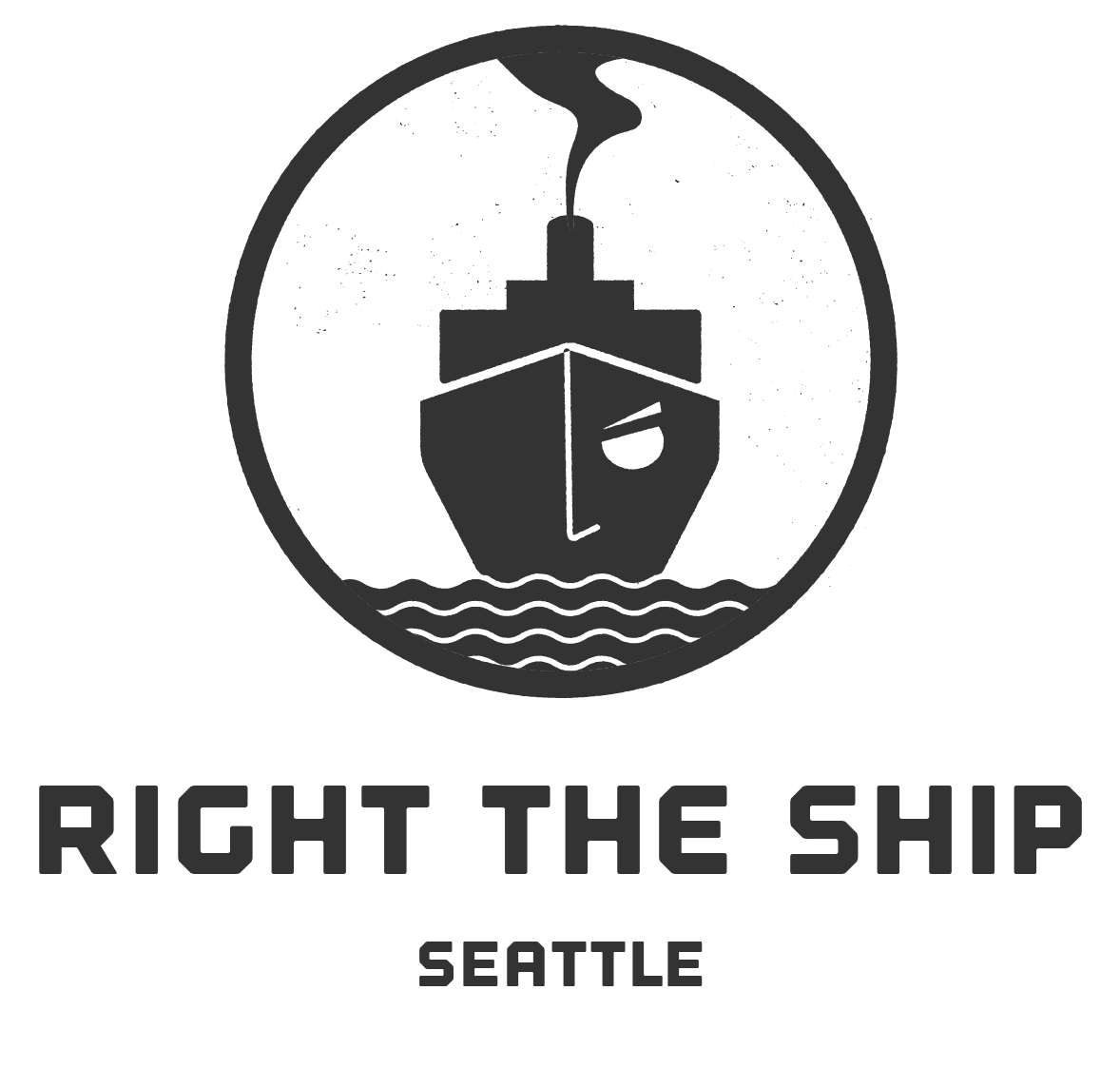self training with noisy student improves imagenet classification24 Apr self training with noisy student improves imagenet classification
; 2006)[book reviews], Semi-supervised deep learning with memory, Proceedings of the European Conference on Computer Vision (ECCV), Xception: deep learning with depthwise separable convolutions, K. Clark, M. Luong, C. D. Manning, and Q. V. Le, Semi-supervised sequence modeling with cross-view training, E. D. Cubuk, B. Zoph, D. Mane, V. Vasudevan, and Q. V. Le, AutoAugment: learning augmentation strategies from data, Proceedings of the IEEE Conference on Computer Vision and Pattern Recognition, E. D. Cubuk, B. Zoph, J. Shlens, and Q. V. Le, RandAugment: practical data augmentation with no separate search, Z. Dai, Z. Yang, F. Yang, W. W. Cohen, and R. R. Salakhutdinov, Good semi-supervised learning that requires a bad gan, T. Furlanello, Z. C. Lipton, M. Tschannen, L. Itti, and A. Anandkumar, A. Galloway, A. Golubeva, T. Tanay, M. Moussa, and G. W. Taylor, R. Geirhos, P. Rubisch, C. Michaelis, M. Bethge, F. A. Wichmann, and W. Brendel, ImageNet-trained CNNs are biased towards texture; increasing shape bias improves accuracy and robustness, J. Gilmer, L. Metz, F. Faghri, S. S. Schoenholz, M. Raghu, M. Wattenberg, and I. Goodfellow, I. J. Goodfellow, J. Shlens, and C. Szegedy, Explaining and harnessing adversarial examples, Semi-supervised learning by entropy minimization, Advances in neural information processing systems, K. Gu, B. Yang, J. Ngiam, Q. We find that Noisy Student is better with an additional trick: data balancing. When data augmentation noise is used, the student must ensure that a translated image, for example, should have the same category with a non-translated image. Afterward, we further increased the student model size to EfficientNet-L2, with the EfficientNet-L1 as the teacher. Although noise may appear to be limited and uninteresting, when it is applied to unlabeled data, it has a compound benefit of enforcing local smoothness in the decision function on both labeled and unlabeled data. . We present Noisy Student Training, a semi-supervised learning approach that works well even when labeled data is abundant. Classification of Socio-Political Event Data, SLADE: A Self-Training Framework For Distance Metric Learning, Self-Training with Differentiable Teacher, https://github.com/hendrycks/natural-adv-examples/blob/master/eval.py. Hence we use soft pseudo labels for our experiments unless otherwise specified. Noisy StudentImageNetEfficientNet-L2state-of-the-art. Different kinds of noise, however, may have different effects. Models are available at https://github.com/tensorflow/tpu/tree/master/models/official/efficientnet. We vary the model size from EfficientNet-B0 to EfficientNet-B7[69] and use the same model as both the teacher and the student. The top-1 accuracy of prior methods are computed from their reported corruption error on each corruption. On . Self-training with Noisy Student improves ImageNet classification. Noisy Student Training extends the idea of self-training and distillation with the use of equal-or-larger student models and noise added to the student during learning. Astrophysical Observatory. Our model is also approximately twice as small in the number of parameters compared to FixRes ResNeXt-101 WSL. sign in Notably, EfficientNet-B7 achieves an accuracy of 86.8%, which is 1.8% better than the supervised model. The top-1 accuracy reported in this paper is the average accuracy for all images included in ImageNet-P. We then select images that have confidence of the label higher than 0.3. The biggest gain is observed on ImageNet-A: our method achieves 3.5x higher accuracy on ImageNet-A, going from 16.6% of the previous state-of-the-art to 74.2% top-1 accuracy. There was a problem preparing your codespace, please try again. We determine number of training steps and the learning rate schedule by the batch size for labeled images. to use Codespaces. This way, we can isolate the influence of noising on unlabeled images from the influence of preventing overfitting for labeled images. sign in w Summary of key results compared to previous state-of-the-art models. We first improved the accuracy of EfficientNet-B7 using EfficientNet-B7 as both the teacher and the student. The ADS is operated by the Smithsonian Astrophysical Observatory under NASA Cooperative On ImageNet, we first train an EfficientNet model on labeled images and use it as a teacher to generate pseudo labels for 300M unlabeled images. Self-training with Noisy Student improves ImageNet classification Original paper: https://arxiv.org/pdf/1911.04252.pdf Authors: Qizhe Xie, Eduard Hovy, Minh-Thang Luong, Quoc V. Le HOYA012 Introduction EfficientNet ImageNet SOTA EfficientNet task. This is probably because it is harder to overfit the large unlabeled dataset. Our experiments showed that our model significantly improves accuracy on ImageNet-A, C and P without the need for deliberate data augmentation. Self-Training with Noisy Student Improves ImageNet Classification Noisy Student (B7) means to use EfficientNet-B7 for both the student and the teacher. Here we show an implementation of Noisy Student Training on SVHN, which boosts the performance of a Edit social preview. As can be seen from Table 8, the performance stays similar when we reduce the data to 116 of the total data, which amounts to 8.1M images after duplicating. For each class, we select at most 130K images that have the highest confidence. Noisy Student self-training is an effective way to leverage unlabelled datasets and improving accuracy by adding noise to the student model while training so it learns beyond the teacher's knowledge. The ONCE (One millioN sCenEs) dataset for 3D object detection in the autonomous driving scenario is introduced and a benchmark is provided in which a variety of self-supervised and semi- supervised methods on the ONCE dataset are evaluated. We train our model using the self-training framework[59] which has three main steps: 1) train a teacher model on labeled images, 2) use the teacher to generate pseudo labels on unlabeled images, and 3) train a student model on the combination of labeled images and pseudo labeled images. Our experiments show that an important element for this simple method to work well at scale is that the student model should be noised during its training while the teacher should not be noised during the generation of pseudo labels. ImageNet . We found that self-training is a simple and effective algorithm to leverage unlabeled data at scale. This invariance constraint reduces the degrees of freedom in the model. CLIP (Contrastive Language-Image Pre-training) builds on a large body of work on zero-shot transfer, natural language supervision, and multimodal learning.The idea of zero-data learning dates back over a decade [^reference-8] but until recently was mostly studied in computer vision as a way of generalizing to unseen object categories. 1ImageNetTeacher NetworkStudent Network 2T [JFT dataset] 3 [JFT dataset]ImageNetStudent Network 4Student Network1DropOut21 1S-TTSS equal-or-larger student model Our procedure went as follows. For this purpose, we use a much larger corpus of unlabeled images, where some images may not belong to any category in ImageNet. Their noise model is video specific and not relevant for image classification. [76] also proposed to first only train on unlabeled images and then finetune their model on labeled images as the final stage. Unlike previous studies in semi-supervised learning that use in-domain unlabeled data (e.g, ., CIFAR-10 images as unlabeled data for a small CIFAR-10 training set), to improve ImageNet, we must use out-of-domain unlabeled data. Abdominal organ segmentation is very important for clinical applications. Please We then train a larger EfficientNet as a student model on the combination of labeled and pseudo labeled images. As a comparison, our method only requires 300M unlabeled images, which is perhaps more easy to collect. These test sets are considered as robustness benchmarks because the test images are either much harder, for ImageNet-A, or the test images are different from the training images, for ImageNet-C and P. For ImageNet-C and ImageNet-P, we evaluate our models on two released versions with resolution 224x224 and 299x299 and resize images to the resolution EfficientNet is trained on. Learn more. Please refer to [24] for details about mFR and AlexNets flip probability. In all previous experiments, the students capacity is as large as or larger than the capacity of the teacher model. putting back the student as the teacher. We use EfficientNet-B0 as both the teacher model and the student model and compare using Noisy Student with soft pseudo labels and hard pseudo labels. On robustness test sets, it improves ImageNet-A top-1 accuracy from 61.0% to 83.7%, reduces ImageNet-C mean corruption error from 45.7 to 28.3, and reduces ImageNet-P mean flip rate from 27.8 to 12.2.Noisy Student Training extends the idea of self-training and distillation with the use of equal-or-larger student models and noise added to the student during learning. But training robust supervised learning models is requires this step. Add a As can be seen from the figure, our model with Noisy Student makes correct predictions for images under severe corruptions and perturbations such as snow, motion blur and fog, while the model without Noisy Student suffers greatly under these conditions. If nothing happens, download GitHub Desktop and try again. Noisy Student Training is a semi-supervised learning method which achieves 88.4% top-1 accuracy on ImageNet (SOTA) and surprising gains on robustness and adversarial benchmarks. However an important requirement for Noisy Student to work well is that the student model needs to be sufficiently large to fit more data (labeled and pseudo labeled). It is expensive and must be done with great care. We hypothesize that the improvement can be attributed to SGD, which introduces stochasticity into the training process. However, during the learning of the student, we inject noise such as dropout, stochastic depth and data augmentation via RandAugment to the student so that the student generalizes better than the teacher. Prior works on weakly-supervised learning require billions of weakly labeled data to improve state-of-the-art ImageNet models. If nothing happens, download Xcode and try again. Most existing distance metric learning approaches use fully labeled data Self-training achieves enormous success in various semi-supervised and Chum, Label propagation for deep semi-supervised learning, D. P. Kingma, S. Mohamed, D. J. Rezende, and M. Welling, Semi-supervised learning with deep generative models, Semi-supervised classification with graph convolutional networks. unlabeled images , . EfficientNet-L1 approximately doubles the training time of EfficientNet-L0. A. Alemi, Thirty-First AAAI Conference on Artificial Intelligence, C. Szegedy, W. Liu, Y. Jia, P. Sermanet, S. Reed, D. Anguelov, D. Erhan, V. Vanhoucke, and A. Rabinovich, C. Szegedy, V. Vanhoucke, S. Ioffe, J. Shlens, and Z. Wojna, Rethinking the inception architecture for computer vision, C. Szegedy, W. Zaremba, I. Sutskever, J. Bruna, D. Erhan, I. Goodfellow, and R. Fergus, EfficientNet: rethinking model scaling for convolutional neural networks, Mean teachers are better role models: weight-averaged consistency targets improve semi-supervised deep learning results, H. Touvron, A. Vedaldi, M. Douze, and H. Jgou, Fixing the train-test resolution discrepancy, V. Verma, A. Lamb, J. Kannala, Y. Bengio, and D. Lopez-Paz, Proceedings of the Twenty-Eighth International Joint Conference on Artificial Intelligence (IJCAI-19), J. Weston, F. Ratle, H. Mobahi, and R. Collobert, Deep learning via semi-supervised embedding, Q. Xie, Z. Dai, E. Hovy, M. Luong, and Q. V. Le, Unsupervised data augmentation for consistency training, S. Xie, R. Girshick, P. Dollr, Z. Tu, and K. He, Aggregated residual transformations for deep neural networks, I. On robustness test sets, it improves ImageNet-A top-1 accuracy from 61.0% to 83.7%, reduces ImageNet-C mean corruption error from 45.7 to 28.3, and reduces ImageNet-P mean flip rate from 27.8 to 12.2. A tag already exists with the provided branch name. Noisy Student leads to significant improvements across all model sizes for EfficientNet. Hence, whether soft pseudo labels or hard pseudo labels work better might need to be determined on a case-by-case basis. Here we study how to effectively use out-of-domain data. The performance consistently drops with noise function removed. Models are available at https://github.com/tensorflow/tpu/tree/master/models/official/efficientnet. Callback to apply noisy student self-training (a semi-supervised learning approach) based on: Xie, Q., Luong, M. T., Hovy, E., & Le, Q. V. (2020). . In this section, we study the importance of noise and the effect of several noise methods used in our model. As can be seen, our model with Noisy Student makes correct and consistent predictions as images undergone different perturbations while the model without Noisy Student flips predictions frequently. We start with the 130M unlabeled images and gradually reduce the number of images. Papers With Code is a free resource with all data licensed under. Train a classifier on labeled data (teacher). Similar to[71], we fix the shallow layers during finetuning. The most interesting image is shown on the right of the first row. Especially unlabeled images are plentiful and can be collected with ease. This is an important difference between our work and prior works on teacher-student framework whose main goal is model compression. Apart from self-training, another important line of work in semi-supervised learning[9, 85] is based on consistency training[6, 4, 53, 36, 70, 45, 41, 51, 10, 12, 49, 2, 38, 72, 74, 5, 81]. We improved it by adding noise to the student to learn beyond the teachers knowledge. A common workaround is to use entropy minimization or ramp up the consistency loss. Further, Noisy Student outperforms the state-of-the-art accuracy of 86.4% by FixRes ResNeXt-101 WSL[44, 71] that requires 3.5 Billion Instagram images labeled with tags. We present Noisy Student Training, a semi-supervised learning approach that works well even when labeled data is abundant. Self-training with Noisy Student. About Press Copyright Contact us Creators Advertise Developers Terms Privacy Policy & Safety How YouTube works Test new features Press Copyright Contact us Creators . Here we use unlabeled images to improve the state-of-the-art ImageNet accuracy and show that the accuracy gain has an outsized impact on robustness. Noisy Student Training extends the idea of self-training and distillation with the use of equal-or-larger student models and noise added to the student during learning. 3429-3440. . This is why "Self-training with Noisy Student improves ImageNet classification" written by Qizhe Xie et al makes me very happy. We do not tune these hyperparameters extensively since our method is highly robust to them. Next, a larger student model is trained on the combination of all data and achieves better performance than the teacher by itself.OUTLINE:0:00 - Intro \u0026 Overview1:05 - Semi-Supervised \u0026 Transfer Learning5:45 - Self-Training \u0026 Knowledge Distillation10:00 - Noisy Student Algorithm Overview20:20 - Noise Methods22:30 - Dataset Balancing25:20 - Results30:15 - Perturbation Robustness34:35 - Ablation Studies39:30 - Conclusion \u0026 CommentsPaper: https://arxiv.org/abs/1911.04252Code: https://github.com/google-research/noisystudentModels: https://github.com/tensorflow/tpu/tree/master/models/official/efficientnetAbstract:We present Noisy Student Training, a semi-supervised learning approach that works well even when labeled data is abundant.
Tricare Member Id And Group Number,
Is Loraine Alterman Boyle Still Alive,
Elland Road West Stand Redevelopment,
Articles S



